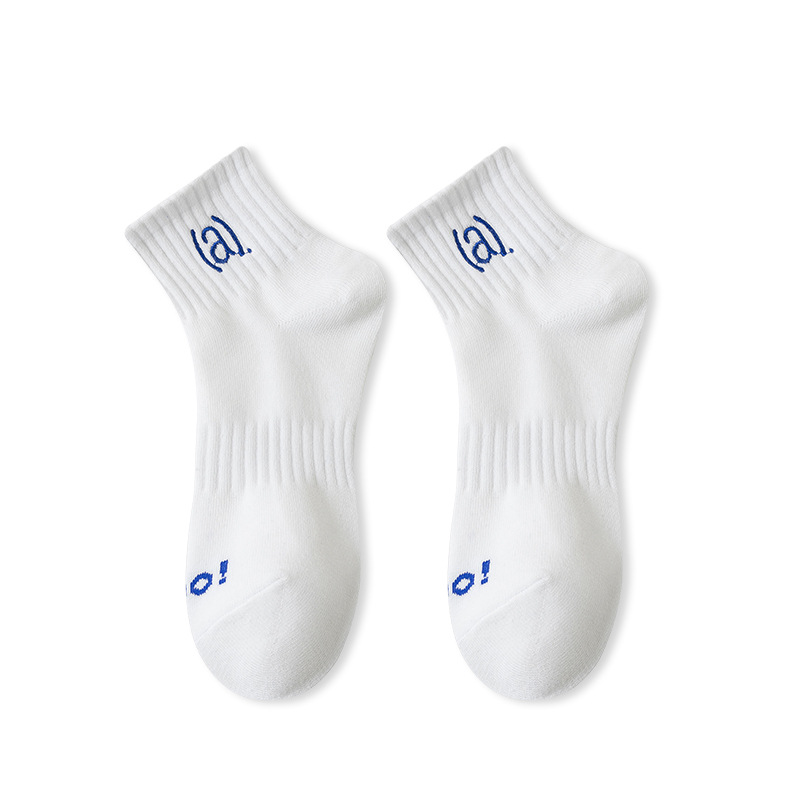Summary:Moisture-wicking and breathable socks offer several benefits for foot health, especially when compared to socks that tra...
Moisture-wicking and breathable socks offer several benefits for foot health, especially when compared to socks that trap moisture and heat. Here are some advantages of wearing moisture-wicking and breathable socks:
Reduced Moisture and Sweat: Moisture-wicking socks are designed to pull moisture away from the skin and transfer it to the outer layer of the sock, where it can evaporate. This helps keep your feet dry and minimizes the accumulation of sweat, which can lead to discomfort,
odor, and skin issues.
Prevention of Blisters: Moisture-wicking and breathable socks reduce the chances of friction-induced blisters. Wet feet are more susceptible to blisters because the skin becomes softer and more prone to damage. Keeping your feet dry minimizes this risk.
Prevention of Fungal Infections: Damp, sweaty socks create an ideal environment for fungi like Athlete's foot to thrive. Moisture-wicking and breathable socks help keep your feet dry, reducing the risk of fungal infections.
Improved Comfort: Dry feet are generally more comfortable to walk and stand on. Moisture-wicking socks reduce discomfort caused by damp, clammy feet.
Temperature Regulation: Breathable socks help regulate foot temperature, preventing overheating and excessive sweating. This can be especially beneficial in both hot and cold weather.
Enhanced Foot Odor Control: Moisture-wicking
socks help control odor by reducing the moisture that bacteria feed on. Dry feet are less likely to develop unpleasant odors.
Skin Health: When moisture is trapped against the skin, it can lead to skin conditions like maceration (softening and breaking down of the skin) and rashes. Breathable socks help maintain healthy skin on the feet.
Improved Athletic Performance: Moisture-wicking socks are often favored by athletes because they keep the feet dry and comfortable during physical activity. This can lead to better performance and reduced fatigue.
Prevention of Tinea Pedis: Tinea pedis, commonly known as Athlete's foot, is a fungal infection that can cause itching, redness, and peeling of the skin. Breathable socks help minimize the risk of this condition.
Diabetic Foot Care: People with diabetes should wear moisture-wicking and breathable socks to reduce the risk of pressure sores and fungal infections. These socks help maintain proper foot health and comfort.
Decreased Foot Swelling: Proper moisture management helps reduce foot swelling by minimizing perspiration, which can lead to foot discomfort and tightness.To reap the benefits of moisture-wicking and breathable socks for foot health, it's essential to choose the right sock material and fit for your specific needs. Socks made from materials like merino wool, bamboo, or synthetic blends are often good choices for moisture-wicking properties. Additionally, select sock styles that suit your activity level, whether it's sports, everyday wear, or specific outdoor activities.


